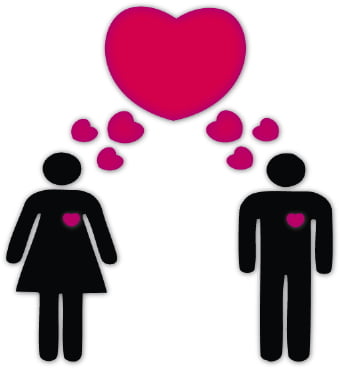Unlocking the Power of Body Language in Interpersonal Communication
Effective communication transcends mere words; it's a nuanced dance of verbal and nonverbal cues. Body language, often overlooked, plays a pivotal role in shaping our interactions and profoundly impacts how our messages are received. Understanding and mastering the art of body language can significantly enhance our interpersonal communication, fostering stronger connections and achieving greater success in various settings.
Nonverbal cues often reveal more than spoken words. A subtle shift in posture, a fleeting facial expression, or the distance maintained during a conversation—these seemingly insignificant details can speak volumes about a person's true feelings and intentions. Paying close attention to these nonverbal signals is crucial for accurate interpretation and effective communication.
Decoding the Silent Signals: Key Elements of Body Language
Let's delve into the specific components of body language that significantly influence interpersonal communication:
- Facial Expressions: The human face is a canvas of emotions. A smile can convey warmth and approachability, while a furrowed brow might signal concern or confusion. Understanding and interpreting these expressions allows for a more empathetic and nuanced understanding of the other person's perspective.
- Posture and Stance: Our physical posture communicates volumes about our confidence, assertiveness, and openness. An open, relaxed posture often projects confidence and approachability, while a slumped posture might suggest insecurity or disinterest. Maintaining good posture is vital for creating a positive impression.
- Eye Contact: Often referred to as the "windows to the soul," eye contact is a powerful tool in communication. Maintaining appropriate eye contact demonstrates attentiveness and engagement, while avoiding it can be misinterpreted as disinterest or even deception. Cultural norms regarding eye contact should also be considered.
- Gestures and Movements: Hand gestures and body movements add emphasis and clarity to our verbal communication. They can enhance the impact of our message, making it more vivid and engaging. However, excessive or distracting gestures can be detrimental.
- Proximity and Personal Space: The physical distance we maintain during a conversation significantly influences the interaction's dynamics. Respecting personal space is crucial, as invading someone's space can lead to discomfort and negative reactions. Maintaining an appropriate distance fosters a comfortable and productive interaction.
- Touch: Appropriate touch can convey warmth, empathy, and connection. A gentle touch on the arm or a firm handshake can enhance rapport and create a sense of trust. However, it's crucial to be mindful of cultural norms and individual preferences regarding physical touch.
- Silence and Pauses: Silence, often underestimated, is a powerful communication tool. Strategic pauses can emphasize key points, demonstrate active listening, and allow for thoughtful responses. Knowing when to use silence effectively enhances communication's impact.
- Mirroring: Subtly mirroring the other person's body language and gestures can create a sense of rapport and connection. This technique fosters empathy and builds trust, facilitating a smoother and more productive conversation.
- Avoiding Negative Body Language: Certain body language cues, such as crossed arms, fidgeting, or avoiding eye contact, can project negativity, defensiveness, or disinterest. Being mindful of these cues and consciously adopting positive body language is essential for effective communication.
Navigating Cultural Nuances and Incongruence
It is crucial to recognize that body language interpretations are not universally consistent. Cultural differences significantly influence the meaning and interpretation of nonverbal cues. What might be considered polite or appropriate in one culture could be offensive or misinterpreted in another. Researching and understanding cultural norms is crucial for effective cross-cultural communication.
Incongruence between verbal and nonverbal communication can lead to confusion and mistrust. When words and body language contradict each other, the nonverbal message often holds more weight. Ensuring consistency between verbal and nonverbal cues is paramount for clear and trustworthy communication.
Mastering Body Language for Effective Communication
Body language is a powerful tool that, when mastered, can significantly enhance interpersonal communication skills. By paying close attention to nonverbal cues, both our own and those of others, we can improve our ability to build rapport, convey our messages effectively, and foster stronger relationships. Consistent practice and mindful awareness are key to harnessing the power of body language.
Developing strong communication skills is an ongoing process that requires continuous learning and refinement. By incorporating these strategies and remaining mindful of the impact of body language, we can unlock its power to create more meaningful and successful interactions.




